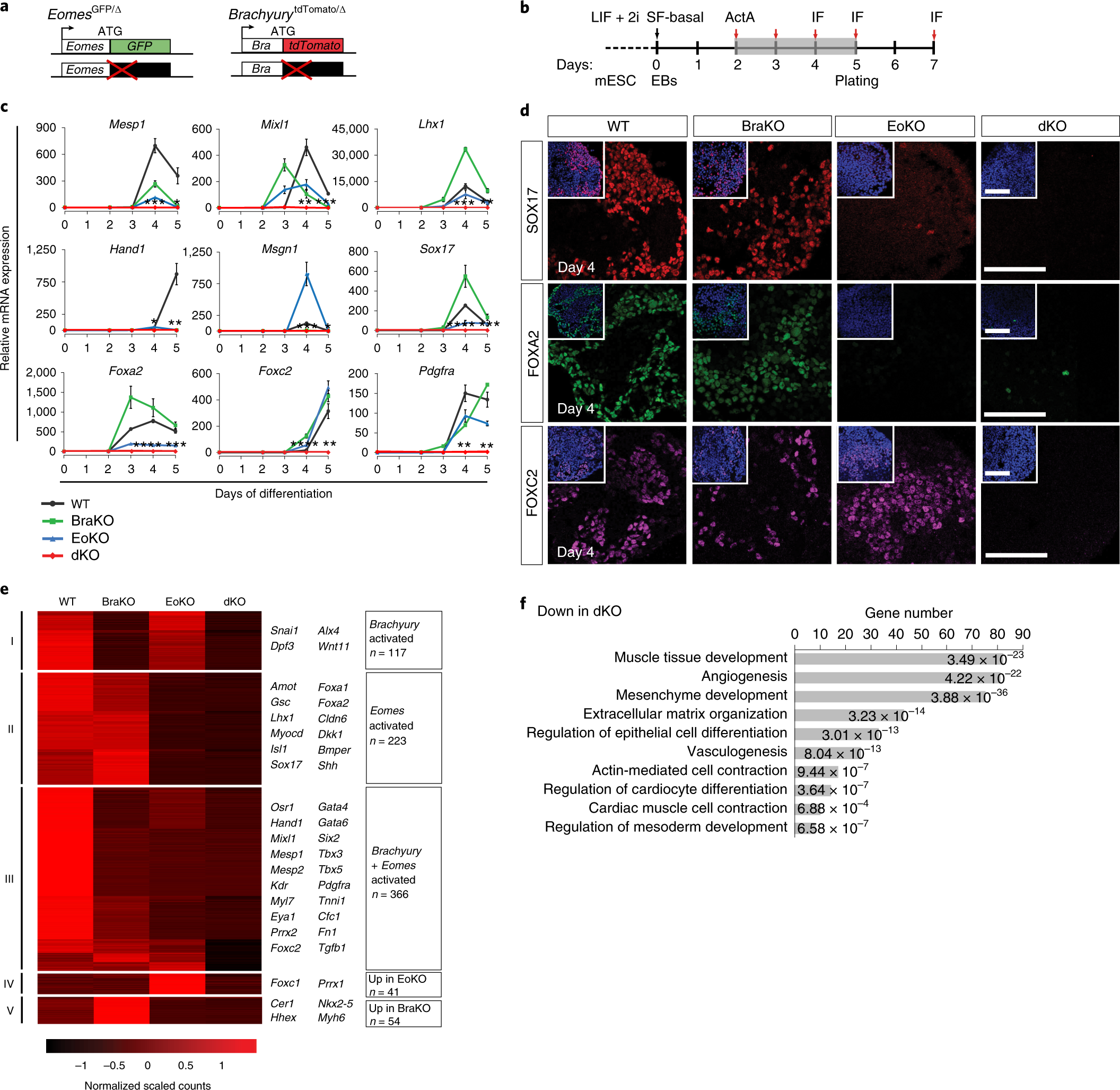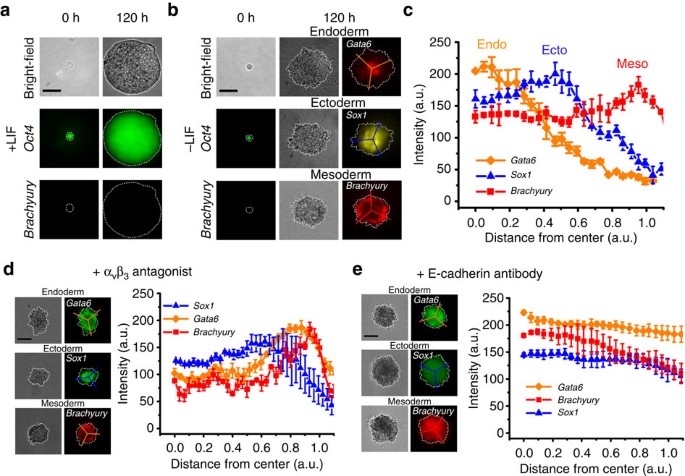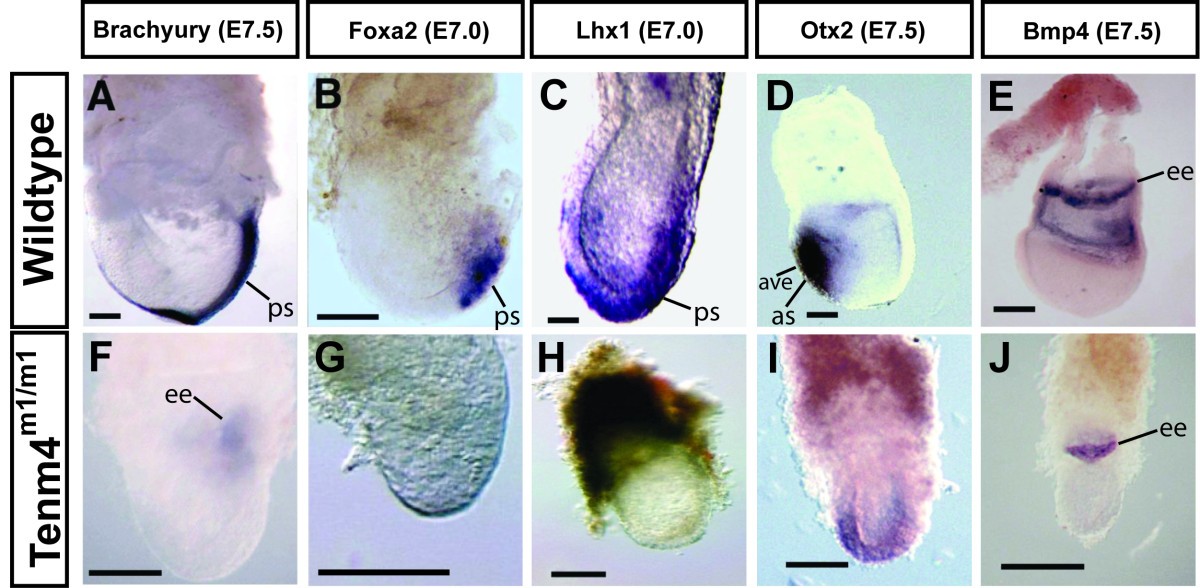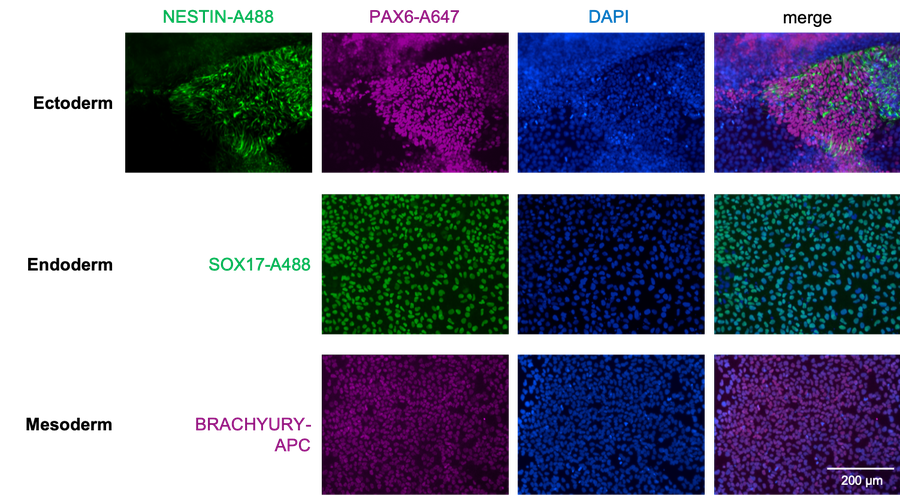
Eomes- and Brachyury-deficient cells retain pluripotency and express... | Download Scientific Diagram

Regulation of Mesodermal Differentiation of Mouse Embryonic Stem Cells by Basement Membranes - ScienceDirect
Loss of FGF-Dependent Mesoderm Identity and Rise of Endogenous Retinoid Signalling Determine Cessation of Body Axis Elongation | PLOS Biology
The role of ELK1 in gene expression during mesoderm differentiation. (A... | Download Scientific Diagram
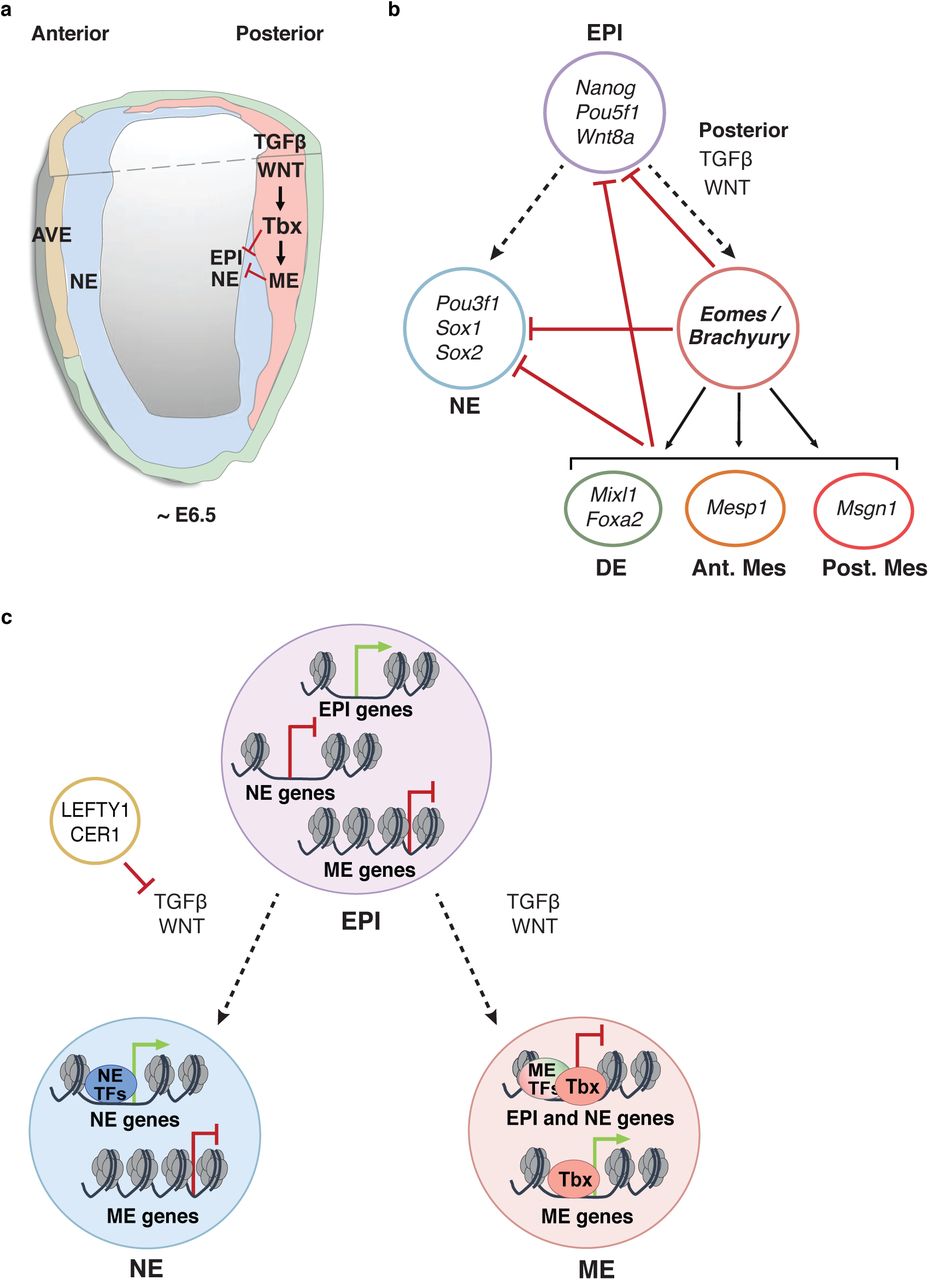
Eomes and Brachyury control pluripotency exit and germ layer segregation by changes of chromatin state | bioRxiv

NANOG and CDX2 Pattern Distinct Subtypes of Human Mesoderm during Exit from Pluripotency: Cell Stem Cell
Inhibition of Rho Kinase Regulates Specification of Early Differentiation Events in P19 Embryonal Carcinoma Stem Cells | PLOS ONE
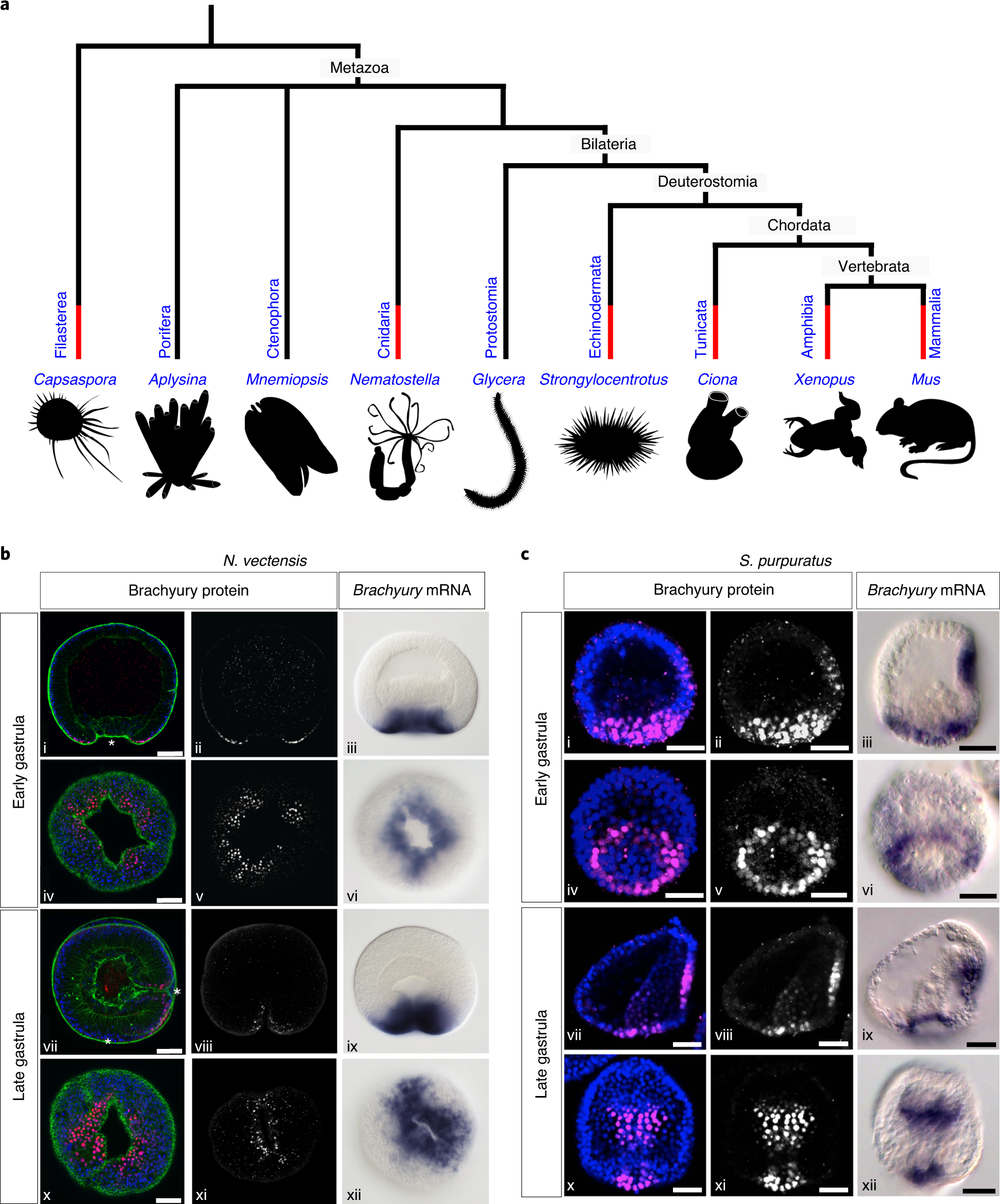
An ancestral Wnt–Brachyury feedback loop in axial patterning and recruitment of mesoderm-determining target genes | Nature Ecology & Evolution
